Usk Fossils
A Palaeontological Guide to the Silurian Inlier
Simon K. Haslett

With l ine drawings by Samantha Burchell
Published by Blackbarn Books
First published 2012 by Blackbarn Books, Usk, Monmouthshire , United Kingdom.
Website: www.blackbarnbooks.co.uk
Email: blackbarnbooks@aol.com
2012 Simon K. Haslett
All rights reserved. No part of this publication may be reprinted or reproduced or utilised in any form or by any electronic, mechanical, or other means, now known or hereafter invented, including photocopying and recording, or in any information storage or retrieval system, without permission in writing from the publishers.
Cover photograph: Fossils from the Lulovian (Silurian) o f the Usk inlier , Monmouthshire, comprising large specimens of the brachiopod Leptaena depressa and a pygidium of the trilobite Dalmanites sp . .
Line drawings: The line drawings included in this book have been drawn with reference to specimens from Usk and also based upon specimens from the British Museum (Natural History) that are illustrated in the British Palaeozoic fossils (1969) from Silurian rocks elsewhere Britain.
Suggested citation:
Haslett, S. K., 2012. Usk fossils: a palaeontological guide to the Silurian inlier . Blackbarn Books, Usk , 30pp .
This kindle book is available as a paperback:
ISBN-13: 978-1480215535
ISBN-10: 1480215538
About the author
 Simon Haslett is Professor of Physical Geography and Associate Pro Vice-Chancellor at the University of Wales. He has published over 130 academic articles and authored/edited several books. He is a Fellow of the Royal Geographical Society and the Geological Society of London, and often appears on television and radio. He is committed to the Public Understanding of Science and regularly gives public lectures to local interest groups.
Simon Haslett is Professor of Physical Geography and Associate Pro Vice-Chancellor at the University of Wales. He has published over 130 academic articles and authored/edited several books. He is a Fellow of the Royal Geographical Society and the Geological Society of London, and often appears on television and radio. He is committed to the Public Understanding of Science and regularly gives public lectures to local interest groups.
Authors Preface
I recently moved offices and rediscovered the manuscript and illustrations for this previously unpublished booklet that I typed-up in 1989 jus t after I had graduated with a BSc ( Hons ) in Geography and Geology from the University of Keele . As part of my undergraduate studies I undert ook a geological mapping dissertation of the Usk inlier in the summer 1988, during which time I became very familiar with the fossils of the Usk inlier and wrote these notes to help me identify them . Some 23 years later, i n retyping the text into the computer, I decided not to update or make changes, except for minor editorial reasons , as its style and content reflects that I was just embarking on my career at the time . Indeed, a year later, i n 1990, I took a Masters degree in Micropalaeontology at the University of Southampton and became an academic palaeontologist, although I havent studied the fossils of the Usk inlier since perhaps now I will?
Not for the beauty of its scenery ... nor yet for the romantic history of the castle ... nor yet again for the excellent salmon fishing ... was the visit made. Usk has great attractions of a geological kind, its rocks abound in fossils! (The Woolhope Naturalists Field Club, Report of a Meeting at Usk, 3 rd September 1869).
Introduction
The area around and to the west of Usk has long been regarded as a classic location for the study of Silurian palaeonto logy. Robert Impey Murchison ( 1839 ) , a pioneer of British geology, was the first to describe the stratigraphy of the Usk area and, indeed, all of Wales. However, it was not until Gardiner (1917) and Walmsley (1959) that detailed studies were made of the stratigraphy , structure and palaeontology of Usks Silurian strata.
The rocks of Usk outcrop at the surface as an inlier , that is it is an area of older rocks surrounded by younger rocks. The broad structure of the inlier is that of a type of anticline ( upfold ) called a pericline (an anticline with an axis that plunges into the ground). Such folding is due to an episode of mountain building that affected most of southern Britain, known as the Hercynian Orogeny , which affected the Usk anticline during the Namurian in the Carboniferous Period several millions of year after the rocks of Usk were laid down (George, 1956) .
The fossils that are found here are indicative of a shallow sea (marine) environment in which a diverse fauna existed. Representatives of nearly all common Palaeozoic invertebrate groups are present, such as brachiopods, bivalves, gastropods, cephalopods, corals, echinoderms and trilobites. It is the most widely encountered types of the above groups which are described here. The identification of fossils is a challenge and is certainly not easy. Nevertheless, careful studying and patient research will be justly rewarded.
Studying and identifying fossils
In order to study fossils in the field some basic equipment is needed and the Geological Fieldwork Code should be followed (copies of the code are available from the Geologists Association) . Firstly, a magnifying glass or hand lens is useful for examining fossils in the hand, many of which are too small to see in detail with the naked eye. Secondly, a hammer is often required to occasionally break up pieces of rock, which should only be used in conjunction with protective glasses or goggles to protect the eyes. The hammer need not be a specialist geological hammer and because, on the whole, the rocks of Usk are not too hard, the hammer need not be heavy. Thirdly, if a few specimens are collected for further study, they should be labelled, given a reference number and all details entered into a field notebook. Once labelled, specimens should be wrapped in newspaper for protection or, if particularly small, a small box (e.g. a matchbox) may be used.
To identify a specimen, it is best to first make a sketch of the specimen. This will enable you to observe and familiarise yourself with the morphology (shape and form) of the specimen. A comparison may then be made between both the specimen and sketch with descriptions given here or in other fossil guides ( e.g. British Museum (Natural History), 1969) . If it is not possible to identify a particular specimen then it may be a rare species and is not dealt with here. In such a case, an appropriate guide or monograph may be consulted, or the advice of a museum or academic expert may be sought.
Do not collect more specimens than is needed for identification or study. For one thing, each specimen takes up valuable space in a storage cabinet, drawer or on a shelf and, secondly, many areas that were previously rich in fossils have now become depleted due to over-collecting. The exposures seen on the Usk inlier are usually small and reckless hammering can often seriously damage a good exposure. It is much better, and more considerate, to sift through piles of rubble at the base of an exposure than to hack off fresh pieces from the rock face.
Once the identification of fossils is mastered, attention may then be turned to studies of the palaeoecology of the faunal communities, no longer looking at each specimen in isolation, but looking at the whole range of animals in order to deduce their relationships to one another in the Silurian ecosystem ( e.g. McKerrow , 1978) . Furthermore, by listing faunal assemblages and the arrival and departure of certain species from the stratigraphic record , one may assign faunal assemblages to a particular level within a geological formation. In this way, fossils may be used to date the rocks in which they are preserved ( e.g. Holland et al. , 1967) .
Stratigraphy of the Usk Inlier
Next page

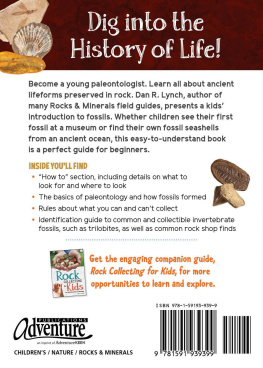
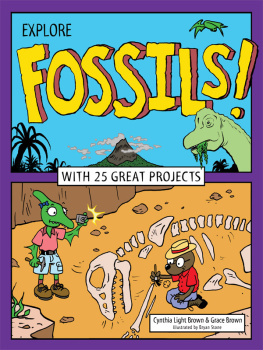

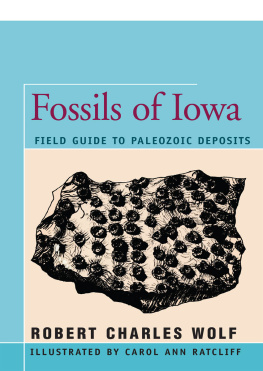
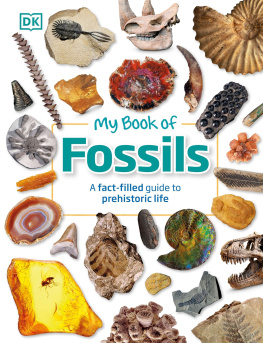
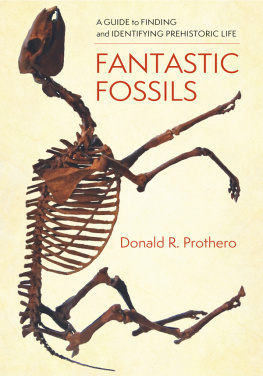
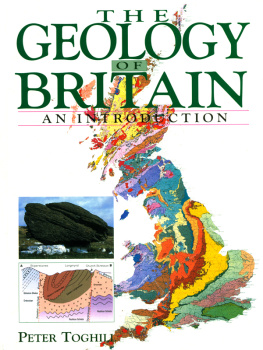
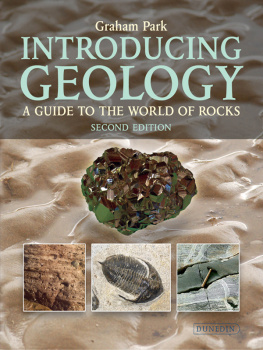

 Simon Haslett is Professor of Physical Geography and Associate Pro Vice-Chancellor at the University of Wales. He has published over 130 academic articles and authored/edited several books. He is a Fellow of the Royal Geographical Society and the Geological Society of London, and often appears on television and radio. He is committed to the Public Understanding of Science and regularly gives public lectures to local interest groups.
Simon Haslett is Professor of Physical Geography and Associate Pro Vice-Chancellor at the University of Wales. He has published over 130 academic articles and authored/edited several books. He is a Fellow of the Royal Geographical Society and the Geological Society of London, and often appears on television and radio. He is committed to the Public Understanding of Science and regularly gives public lectures to local interest groups.